Mobile advertising is still in the beginning stages of infancy, but SMS text messaging is by far one of the fastest growing sectors in mobile advertising with 9.6 trillion messages sent and revenue leaping to $8.9 billion in 2012. With these amazing numbers, is it safe to say that text message marketing is effective for increasing brand loyalty? Let’s examine some facts to answer this question.
Accurate Targeting
Customers can sign up for SMS text messaging advertising by giving permission to brands to add their phone number to their marketing list. This allows brands to send out information more accurately making the message that they send out to their target audience more targeted and effective. Customers who are receiving accurately targeted SMS text messages are more likely to remain loyal to the brand because they are being sent information that is of interest and is relatable to their physical location, and it does not feel like it is spam like email tends to be. Customers are more likely to buy from a brand if the messaging is relevant and personal which is one of the features that makes SMS text messaging so powerful.
Cost Effective Campaigns
Another reason brands are starting to use SMS text messaging is because it is an affordable investment with the opportunity to scale to larger audiences overtime. This gives business the chance to better support a campaign on this channel and ensures that it can lead to an increase in customer retention by offering incentives and offers.
Here are some other statistics about SMS text messaging marketing.
There are a few things that brands need to keep in mind to not turn such a positive resource into a mobile nuisance. First thing to remember is to not text too much. Customers do not want their inbox flooded with texts from your business, so the best thing to do is to send between 2 – 4 text messages a month.
Secondly, always give the customer a chance to opt-out any time. By informing customers of how and when they can stop receiving text messages establishes trust and credibility.
Thirdly, a brand needs to be mindful to send text messages during business hours to not annoy their customers. Sending out text messages when customers can take advantage of the offer is not only common sense but common courtesy.
Lastly, make sure you send valuable information to the customers that gave you permission to send them text messages. Do not send them useless vague ads every week. Instead send them announcements about exclusive savings, important announcements, and event alerts. If a brand is not providing their customers with valuable information, then this increases the chances of them unsubscribing to the text messages.
Based on the information given, do you think SMS text messages increases brand loyalty or just a pain in the …?
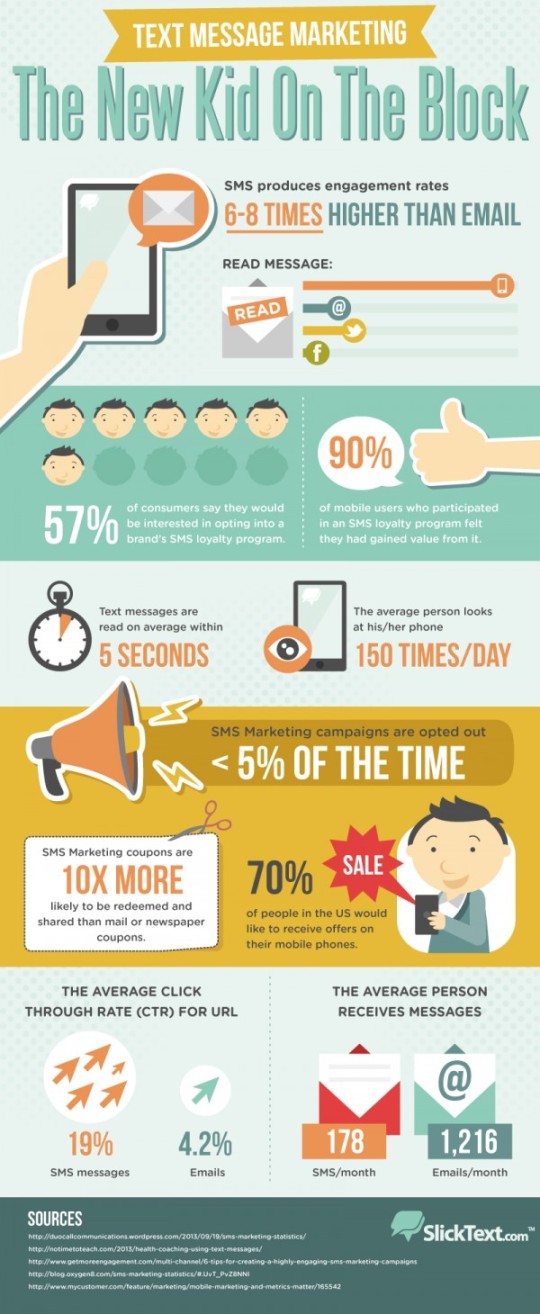


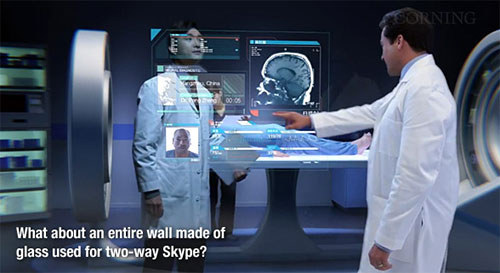
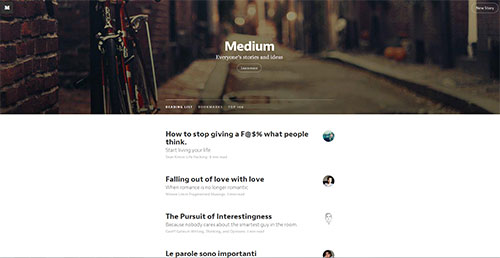
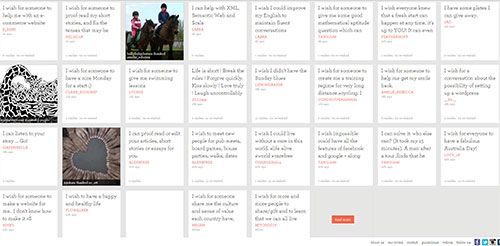


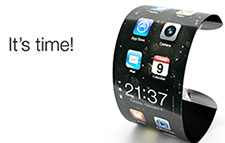
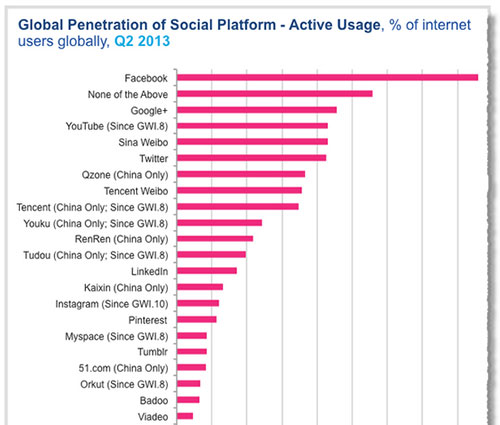
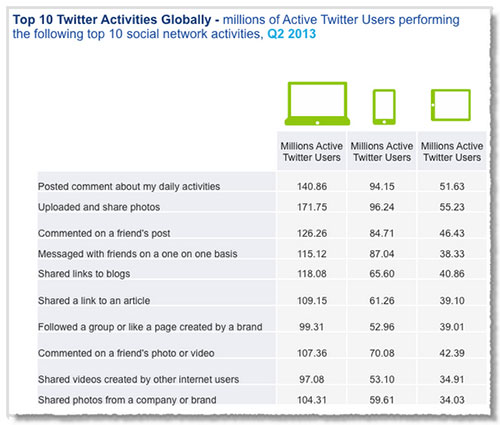

Recent Comments